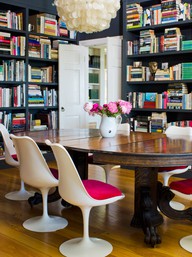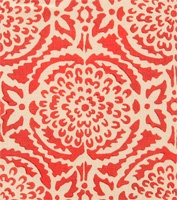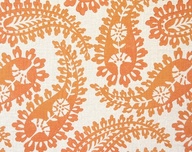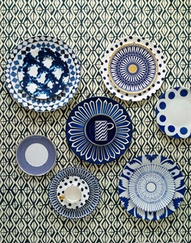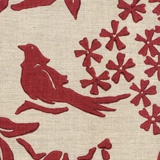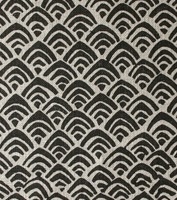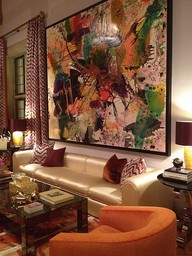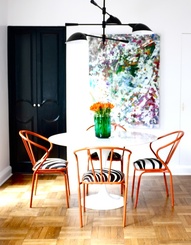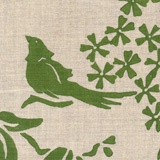
For someone who blogs on the subject of Slow Luxe Living, the pace around here has been anything but slow. So…..my sincere apologies for the blog hiatus. I assure you I was not snoozing, although that certainly sounds appealing. I’ve been operating at warp speed the past few months.
One of the things I have been doing is working on the La Jolla view project I mentioned about a month ago. Last I posted on this project, we were in schematic design phase. Well, now we are getting close to submitting plans. One of the must-haves on this project was room for lots and lots of books.
I love that!
Books add warmth to a home–and I don’t think you can say that about any electronic reader, can you? Here’s how I see it: Books tell you a story and then they tell your story.
If you’ll allow me a brief rant, I’m just not crazy about the current trends to turn all your books spine side in on the shelf, to color coordinate books or to buy vintage books simply to merchandise a shelf. I’m simply not a fan of any design trend that feels like it’s trying too hard. To me, books aren’t props or accessories. But, I won’t belabor this point…..
What’s your take on this?
Anyway, it’s always a privilege when I have the chance to work with clients who value books. And, in this case, we were inspired and challenged to create some very unique spaces for books.
One of these spaces is a “glass box” library that will sit off a main hallway–a bit like that wonderful library in the first image.
Another book-filled space will be the dining room. Finding a spot for this was a challenge because of the traffic pattern and the amazing ocean views. We came up with something like the floating bookshelves in the bottom image by McAlpine Booth Ferrier. We’ll have one of these between the kitchen and dining room, with room for an existing furniture piece on the kitchen side and bookshelves on the dining side.
So tell me, have you carved out any novel spots for books in your home? And have you read any good books this summer? Do share!
All images via Pinterest


